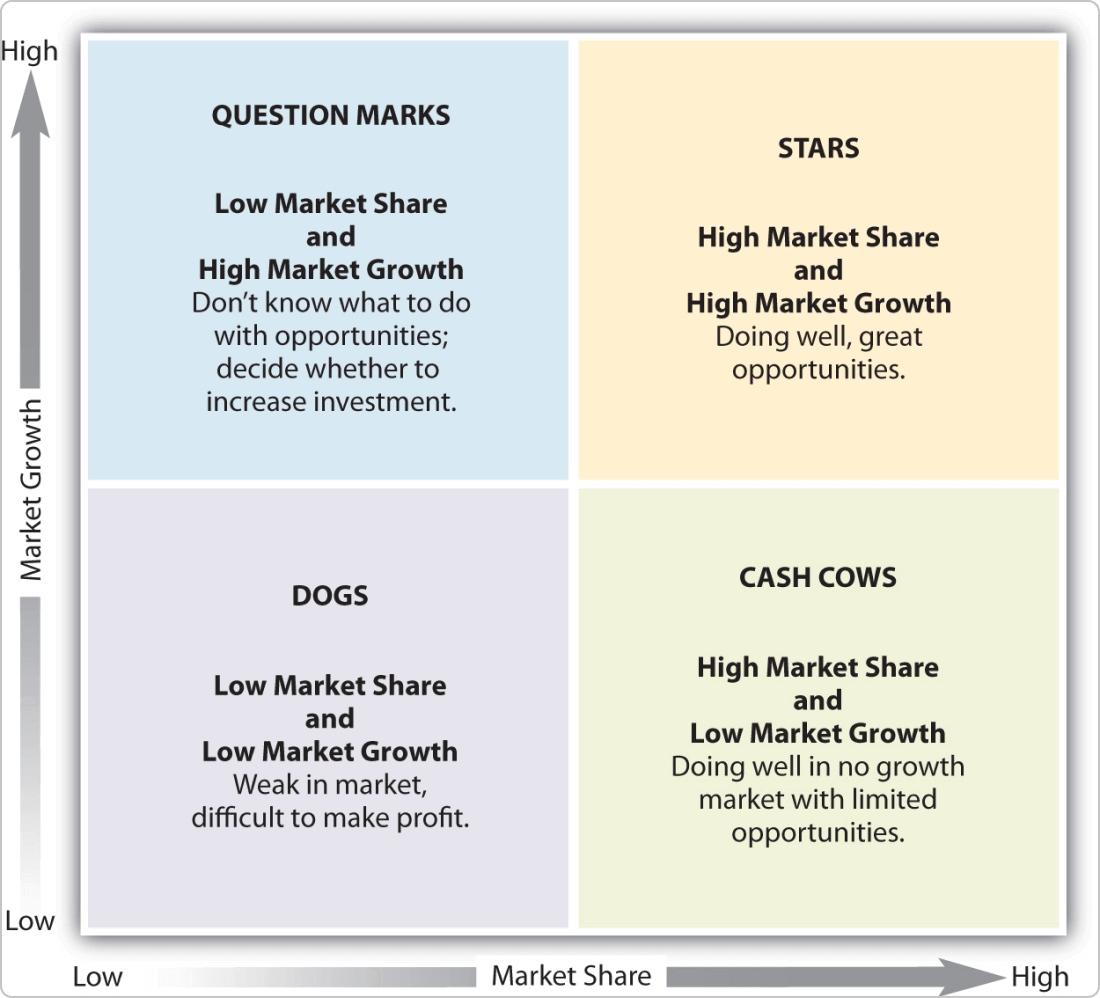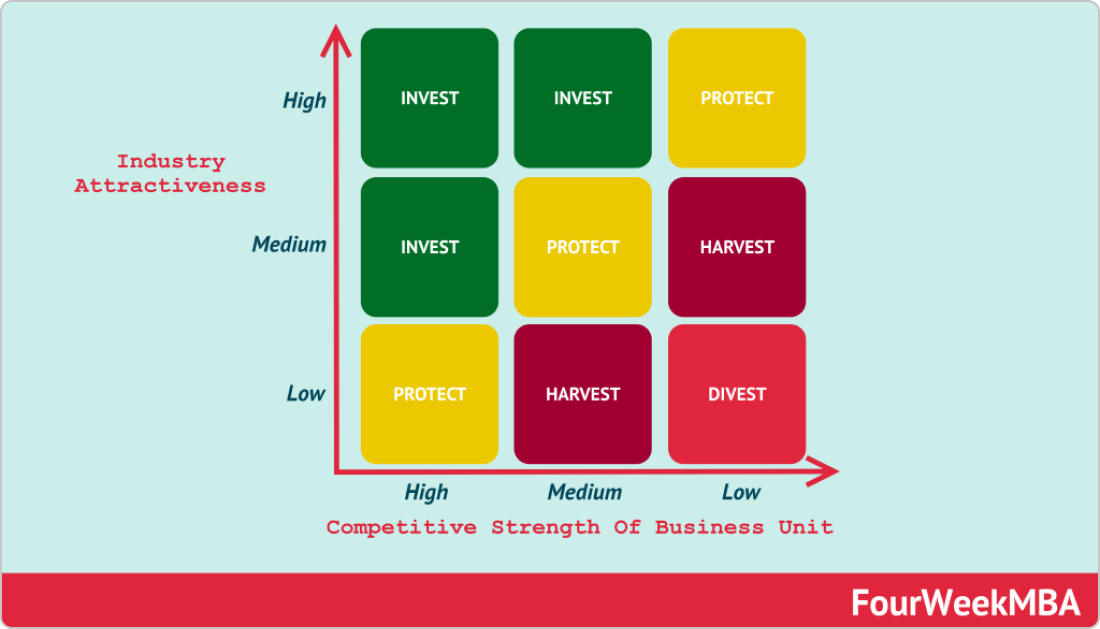Strategic planning is the process of setting the direction of a company to drive it toward growth. The process involves defining an organization’s strategy, turning it into goals, and outlining specific steps and actions to reach these goals.
Strategic planning facilitates the coordination between developing and implementing an organization’s strategy. The process results in a well-defined and structured plan that guides and ensures your teams work on projects that drive outcomes, not just outputs.
In this article, you will learn how to create a winning plan following a step-by-step guide, what tools to use, and why strategic portfolio plans are crucial for an organization's success.
What Is a Strategic Plan?
A strategic plan is a document describing an organization’s strategy and directions on how to implement it. It usually includes an analysis of the business environment and actionable steps on how to achieve the set company goals. Strategic plans are developed several years ahead and are updated periodically.
They are mapped out by senior management with the help of strategists who assist with in-depth industry or competitor analysis.
What Is the Purpose of Strategic Planning?
Strategic planning’s main function is to help in setting realistic company goals based on substantial analysis of the business domain. A strategic plan allows managers to narrow down key company attributes such as mission, vision, and values, as well as long-term goals, actionable plans, and benchmark metrics. The process of setting common goals and objectives requires strategic thinking where information is not only used to accumulate action steps but also to foresee its impact on the company in the future.
Moreover, an effective plan informs about areas of improvement that can help people stay focused and on track.
What Are the Benefits of Strategic Planning?
Strategic planning benefits organizations by clarifying their development path and laying out measurable objectives for everyone to work toward. Below are the primary advantages of strategic planning.
- Strategic planning allows cross-organizational alignment around a shared purpose.
- Strategic planning encourages company-wide communication.
- Strategic planning creates a stronger sense of accountability by setting common goals.
- Strategic planning can improve teams’ engagement by promoting feedback exchange and sharing of ideas.
- Strategic planning highlights organizational strengths and weaknesses.
- Strategic planning helps companies identify challenges and potential opportunities.
- Strategic planning results in improved understanding and effective allocation of capacity and resources.
What Are the 8 Steps in Strategic Planning?
Strategic planning’s life cycle goes through a number of stages where ideas, feedback, industry information, and market analysis are used as a basis for determining an organization’s direction.
The process of creating a strategic plan can be summarized in the following steps:
Step 1. Perform a Situation Analysis
Situation analysis refers to the process of defining the present state of the organization, including strengths, weaknesses, opportunities, and threats. At this stage, you should gather and assess all existing information and use it to determine your position. Methods such as SWOT or PEST analysis are commonly used to clarify a company’s present state.
Step 2. Define a Future State Vision
Envisioning the future state of your organization should be incorporated into your vision. This future vision should include the state of your processes, communication, values, partnerships, reputation, growth, etc.
Step 3. Set Strategic Goals
Once your organization has its business strategy defined, the next move is to write out your strategic goals – high-level objectives that outline your company’s intention for what it wants to accomplish in the following years, typically 3 to 5 years. They should be broader, measurable, and concrete.
Step 4. Develop Execution Objectives
As soon as you have identified your strategic goals, then you can translate them into more manageable and specific long- and mid-term objectives. In this way, you ensure alignment between strategy and execution as well as plan their completion more accurately. To prioritize these objectives and break them down into actionable work items, you can use goal-setting techniques such as OKRs or SMART goals. The result of this stage should outline the actual steps toward achieving the set goals.
Step 5. Incorporate Regular Review Checks
Seek common agreement and mutual understanding of the strategic goals across your organization. Review meetings are an ideal way to gather feedback and come to an agreement regarding the goals to pursue on a company level and actionable steps on a team level.
Remember that this phase is applicable during the entire strategy execution process. Your teams should be involved in regular discussions to track their work's progress and make necessary adjustments to ensure that the outcomes are in their best interest.
Step 6. Define Metrics, Timelines and Responsibilities
Establishing specific benchmark targets, setting up a timeline, and clearly defining responsibilities are crucial steps in strategic planning. The success of a plan execution will be determined by tracking the progress of the initiatives/projects. An effective approach is to measure and analyze your goals and performance every quarter, ensuring that your efforts are steadily progressing toward achieving the envisioned outcomes.
To put this into practice, you can employ goal-setting methods such as the objectives and key results (OKRs) framework, where each goal is tied to at least 3 performance benchmark criteria (key results), making it easier to measure your progress.
Step 7. Create a Strategic Map
The stage refers to the actual writing of a strategic plan. By summarizing your goals, actionable plans, assigning responsibilities, and laying out a timeline, you’ll be able to encompass all the data and analysis captured so far. Using a strategy map diagram is an ideal way to document strategic goals and operational initiatives as well as to identify improvement opportunities.
Step 8. Implement the Strategic Plan
The implementation phase of strategic planning involves the process of communicating the plan documentation. You can use interconnected Kanban boards to map your business processes reflecting the strategic goals and objectives, assign responsibilities and create a timeline.
It’s important to monitor and measure your performance on a quarterly or annual basis. To help you with this, periodically review important KPIs and track the progress of your actionable projects in real-time. You can also use strategy performance frameworks such as Balanced scorecards to track and monitor the execution of your strategy.
What Is a Strategy Map?
A strategy map is a visual representation of an organization’s strategy. The graphic itself shows all the strategic plans along with actionable steps in a meaningful way where items are interconnected. The purpose of a strategy map is to demonstrate how value is created.
It also improves strategic alignment with the organizational goals, where everyone can see how they contribute to the high-level goals. A good strategy map encourages feedback so everyone agrees on what the actionable steps of the strategic plan are.
What Makes Strategic Planning Successful?
Success in strategic planning requires a concise structure of your goals and action plans.
A few key characteristics should be present when creating your strategic plan that can increase the success rate of the overall business strategy execution.
Based on these characteristics, a successful strategic plan should be:
-
Owned by the senior managers: Senior management is responsible for recognizing the organization's present state and future vision and thus, forming the strategic plan.
-
Realistic: Strategic planning needs to be based on an in-depth analysis of internal factors and the external business environment.
-
Transparent: Strategic plans should be openly shared and communicated across team members as they are the actual drivers of the strategy execution.
-
Connected to specific action items: Create a healthy top-down and bottom-up link between strategy and day-to-day activities. When there is a strategy-to-execution alignment, teams are directly involved and contribute to the overall vision delivery, creating a sense of accountability.
-
Quantifiable: Identify observable measures to monitor and control the execution and evaluate its efficiency.
How Two of The Largest Organizations in the World Save Time & Money with OKRs?
When Should Strategic Planning Be Done?
The best time to develop your strategic plan is once you've defined your strategic direction and set up some high-level goals. Remember that planning is a more granular process that defines more specific objectives to achieve.
In the scenario where companies operate without a strategic plan in place, it’s never too late to develop one. Once you have developed your strategy, all your action plans and day-to-day activities will be synchronized with the set goals.
If your company has a few years of exposure and you have developed a strategic plan in the past, it is important to review it on a yearly basis. Key insights, such as understanding what has or hasn’t worked in the past year or how the business environment has changed, will help you keep sustainable growth and will foster your relevancy on the market.
Where Should Strategic Planning Be Used?
Strategic planning relies heavily on input from across the entire organization. Senior management has to formulate the strategy itself, based on feedback collected from all teams, and then communicate the strategic plan with the organization’s departments. After that, each department creates its own specific projects and initiatives that support the strategic goals.
For instance, the financial department provides key financial data and annual reports, technical teams can provide relevant information about the technical state and advise on new trends in the field, marketing teams gather information about the number of customers for a given period, etc.
What Are the Most Common Mistakes in Strategic Planning?
Strategic planning can be the key to your organization’s growth and success, but if not developed properly, it can turn into a waste of time and resources. Here’s a list of the most common mistakes in strategic planning:
- Too many strategic goals.
- Unrealistic strategic goals.
- Lack of measures for success.
- Lack of commitment and focus.
- Poor communication.
Strategic Planning Templates and Examples
There’s a variety of strategic planning templates that you can apply to identify your objectives. Key factors in determining the most convenient approach are timelines you’d like to impose for the implementation of the plan, the complexity of your organizational structure, the level of communication, etc.
Find three examples of strategic planning examples below.
Example 1. To implement strategic planning using OKRs, you need to establish a set of objectives and specify up to 5 key results or tactics that outline how these objectives will be achieved. The objectives should be concrete and action-oriented, while the key results should be realistic and measurable.
To ensure that you set and achieve result-driven goals, you can follow the example of many companies and use OKR templates. This hub for visualizing the alignment between your organization’s strategic goals and work delivery helps to keep your eye on the progress of each goal.
 Visualization of objectives and key results on a Portfolio level
Visualization of objectives and key results on a Portfolio level
Example 2. Strategic planning using the Hoshin Planning approach is a 7-step process that connects strategic planning with execution. The actual steps are listed below:
- Develop an organizational vision.
- Define key objectives or mission.
- Break down objectives into annual goals.
- Distribute the annual goals across the organization.
- Implement the goals.
- Conduct monthly reviews to ensure proper plan execution.
- Conduct annual reviews to verify the end results.
Example 3. Besides using OKRs, Balanced Scorecard is another strategy management framework that can help you in the strategic planning process. The approach requires the definition of organizational objectives, measures to help to achieve the objectives and initiatives – the actionable steps to accomplishing your goals.
What Is Strategic Portfolio Planning?
Strategic planning on a portfolio level refers to coordinating and aligning multiple programs and projects within portfolios to support the execution of the organization’s top-level goals. The purpose of portfolio planning is to boost efficiency by devoting time and effort to the most important projects.
Portfolio Planning Approaches
For larger companies with various business units, it can be challenging to select the right objectives and prioritize the projects within portfolios, and allocate the resources accordingly. To handle this task, managers tend to use different portfolio planning approaches. Portfolio planning methods refer to analyzing a company’s portfolios to execute the ones with the highest priority at a time.
The two most popular portfolio planning approaches are the Boston Consulting Group (BCG) matrix and the General Electric (GE) approach. Let’s take a closer look at each one.
The Boston Consulting Group (BCG) Matrix
The Boston Consulting Group (BCG) matrix, also famous by its other name Growth Share matrix, is a portfolio management framework that helps companies to evaluate and decide how to prioritize their different portfolio initiatives.
The two main factors that companies should consider before deciding where to invest are market growth and market share. By assessing their portfolios based on these two driving factors, executives can conclude where to focus their resources to generate the most value and cut costs.
Referring to the image below, the matrix is in a table view split into four quadrants: question marks, stars, dog, and cash cows.
 The Boston Consulting Group (BCG) Matrix. Image Credits: The University of Minnesota Libraries
The Boston Consulting Group (BCG) Matrix. Image Credits: The University of Minnesota Libraries
Each quadrant tells us the following:
-
Question marks: Low market share and high market growth – products that require an increase in investments to prosper or eventually sell them.
-
Stars: High market share and high market growth – products with high potential. To maintain this trend, companies need to keep a high level of investment and distribution in the market.
-
Dogs: Low market share and low market growth – products that have no potential for success. They are considered a loss of money and resources, and good practice is to be discarded or repositioned.
-
Cash Cows: High market share and low market growth – products with no long-term future.
The General Electric (GE) Approach
The General Electric (GE) approach is another technique for portfolio planning. It helps companies decide how to allocate their resources and investment among their businesses. This approach is visualized as a matrix with two dimensions – industry attractiveness and company strength in the industry.
 The General Electric (GE) Approach. Image Credits: FourWeekMBA
The General Electric (GE) Approach. Image Credits: FourWeekMBA
There are three possible exit scenarios for a company:
-
Invest (and grow): increase investments and grow market share.
-
Protect (and hold): hold investment or invest in a selective portfolio.
-
Harvest (and divest): reduce or stop investments and slowly drop the business.
Businessmap is the most flexible software
to align work with company goals
In Summary
Strategic planning provides a roadmap that guides an organization's decisions, resource allocation, and actions toward achieving its long-term goals and staying adaptable in a dynamic environment. Aligning portfolios of projects and initiatives with the organization's strategic goals, regular monitoring, and continuous improvement are keys to maintaining a strategy that drives sustainable growth and long-term value for the organization.
The foundation steps of every strategic planning process include:
- Analyze the business's current environment.
- Determine business future vision.
- Define strategic goals.
- Break down strategic goals into portfolios of projects and initiatives.
- Conduct regular review meetings.
- Define benchmark targets to track progress.
- Write out the strategic plan.
- Put your plan into action.






 Visualization of objectives and key results on a Portfolio level
Visualization of objectives and key results on a Portfolio level The Boston Consulting Group (BCG) Matrix. Image Credits: The University of Minnesota Libraries
The Boston Consulting Group (BCG) Matrix. Image Credits: The University of Minnesota Libraries  The General Electric (GE) Approach. Image Credits:
The General Electric (GE) Approach. Image Credits: 


